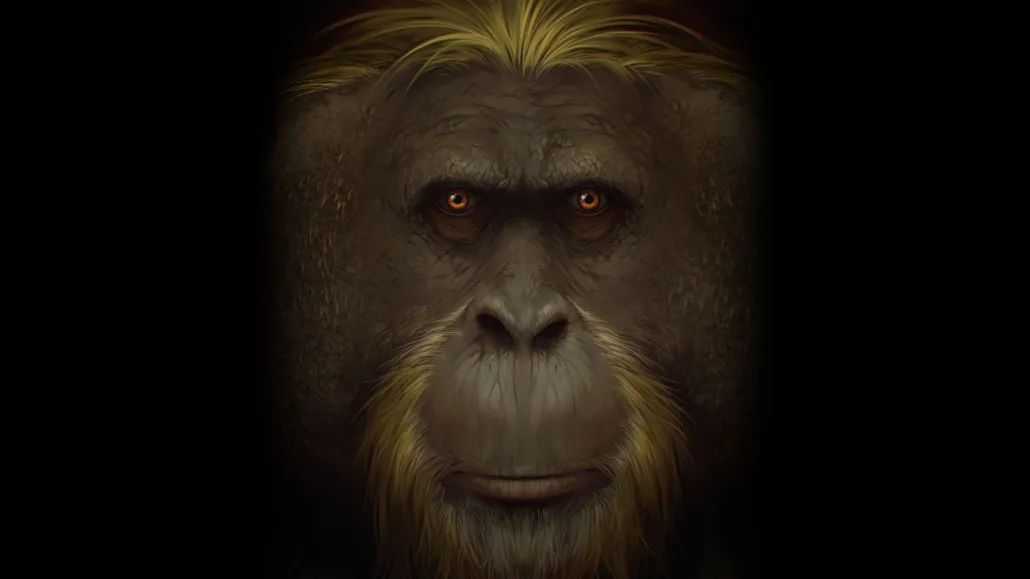Earth’s largest ape went extinct 100,000 years earlier than once thought
Gigantopithecus blacki couldn’t adapt to the shift from forest to savanna-like habitats

Gigantopithecus blacki, the largest ape known on Earth (shown in this artist’s rendition), died out between 295,000 and 215,000 years ago, researchers say.
J. Garcia, R. Joannes-Boyau/Southern Cross University







